Legally Yours & Steem Cartoon : Protecting Your Intellectual Property II
The first part of my series can be found here
The first ever copyright dispute was the Battle of Cúl Dreimhne that took place in Ireland in 555AD and had approximately 3,000 casualties. Today, the battle is no less heated but with lesser casualty but involved much more money.
Understanding the Basic Framework
The first distinction that I had made in my previous post is understand the inalienable right of the author which is the moral right and the commercial right (the right to sell and allow another person to profit from the creative content). Once that distinction is clear, it is much easier to move ahead and proceed with the next discussion.
In Malaysia, the right of an author or creator is largely protected by Copyright Act 1987. This piece of legislation is very much similar in Commonwealth jurisdiction. The basic idea is this, if infringement of copyright permeates the creative industry, there will be no more content provider that will be willing to offer their work for publication. There must be some form of protection that will guarantee that their rights are safeguarded.
Section 7 of the Copyright Act 1987 lists down the categories of work that is entitled to protection and they are:-
- (1) Subject to this section, the following works shall be eligible for
copyright:
(a) literary works;
(b) musical works;
(c) artistic works;
(d) films;
(e) sound recordings; and
(f) broadcasts.
So for the artists, their work would fall under artistic works. However this piece of legislation must not be confused with the fact that a simple idea is hatched, conveyed to a friend and that friend uses that idea, there is no protection because to be entitled for protection the following tenets must be fulfilled:-
- Sufficient effort must be expanded to make the work original in character
- It must be written down, recorded or reduced to a written form.
Hence a floating idea is not entitled to protection.
There is another category of works called derivative works...for example if someone take an original idea and create a new transformation or adaptation, that works is also entitled to be protected. The most common of such works are musical arrangement that may slightly deviate from the original works.
Nature of Copyright in Artistic Work
In America there is the doctrine of fair use. In Malaysia under the Copyright Act a piece of work can be protected but there are categories of use that will not infringe that right. This is particularly so when the work is for the purposes of research, private study, criticism and review. But there must be acknowledgment of the title of the work and its authorship.
There are a few scenarios which can be derived and would not be accorded with the protection.
An artist creates a parody of Batman which is a licensed and copyrighted property by DC Comics. (no infringement)
An artist creates a caricature of Homer Simpson from The Simpsons (no infringement)
A reproduction of an exact copy of Mona Lisa (no infringement because the work is permanently situated in a place where it can be viewed by the public)
Where the work is produced as a reference in a documentary about art or used in classroom (no infringement).
Basic Guideline to Protecting a Right
If a caricature or parody is created of a copyrighted character, there is no infringement.
If the work of an artist is produced to be criticised, there is no infringment.
A fleeting idea cannot be infringed. But an idea reduced into a written form and has some degree of permanence can be protected.
Work that is meant to be generally accessible cannot be protected. For instance a sculpture in the a park, if reproduced by another person, is not subject to infringement of rights.
The next blog we shall consider how rights are protected and the result of infringement and some bigger cases in our time relating to Intellectual Rights.

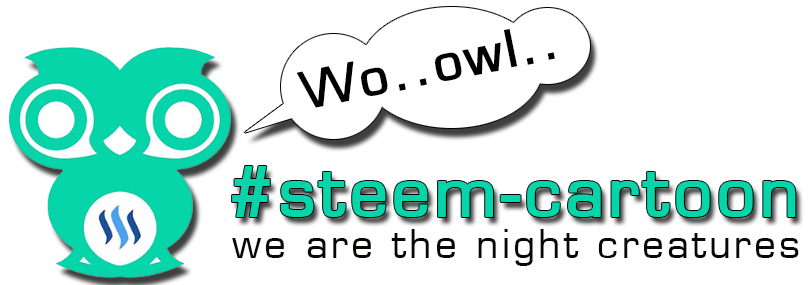
credit to @zomagic

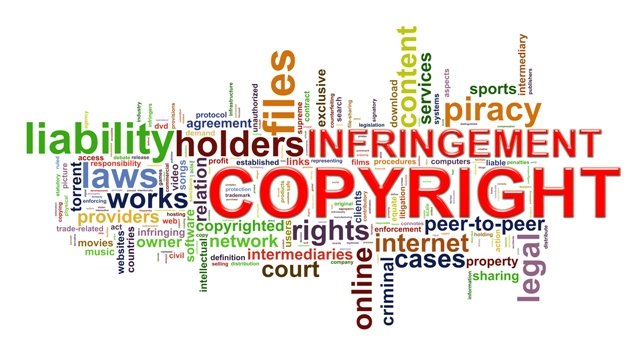
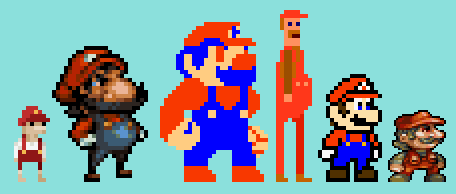
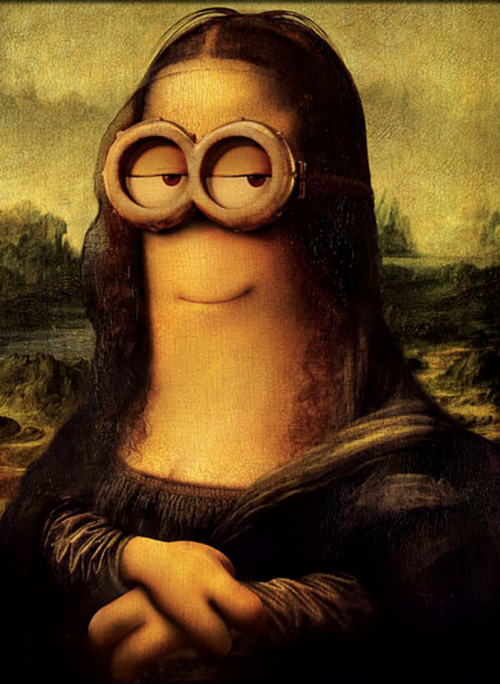
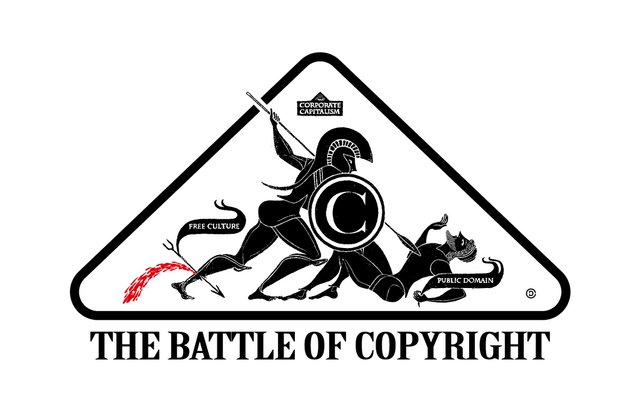
a work of art when there is a hint that it is very make us angry, our own work we must strive for, because a work of art is the character of the creator itself, we must demand a copycat ... thank you for the information ...
greetings from me @perennial
most welcomed. do drop by more often
Very helpful and informational!
Thanks to @josephsavage, this post was resteemed and highlighted in today's edition of The Daily Sneak.
Thank you for your efforts to create quality content!
thank you so much @sneakyninja. Its a pleasant surprise
You're welcome!
So that means anything on the web, that can be viewed by the public at anytime means no infringment...?
Just askin'
the word 'public' is given a very restrictive meaning. I give you a few examples:
If a sculpture is available in the park, the sculpture can be reproduced without any infringement.
If a piece of artwork is available in a particular platform it is not readily accessible to be counted as 'public'. There must be some action taken to access the platform and access the drawing. In that context the intellectual property still belongs to the author. What is readily available in google images does not amount to public space because google is a search engine, all work are actually a link to the site. Unless google maintains a separate collection of pictures that the authors willingly choose to place in that location/server for public's access. That would be more likely to be interpret as 'public'.
If a web is accessible to the public but upon access to the site, there is a reminder to the visitor that the artwork is to be respected and cannot be reproduced without the author's permission, that reminder itself would be an assertion of the author's right and the law would respect that.
The basic idea about public access is the author in so choosing the place to display without any caveat on his/her rights invites a legal assumption that the right is waived.
ok, thanks for the info..
You ever tried postal copyright? Eg writing your full concepts or designs and mailing them to yourself registered post and then never opening them unless a copyright issue pops up?
It provides date stamping by a gov body and proof you hold the copyright
Hi @shai-hulud...the method u suggest is what we call poor man's copyright. It is archaic. In countries with copyright act, the act takes precedence. In malaysia, what u suggested doesnt apply. The same goes for the US. As long as there is an act that prescribes the way a right must be protected it must be protected in that manner. In the context of Malaysian law, there must be registration by virtue of section 26. So that ousts the application of what you suggested. If the author does not register he is still able to insist on a moral right pursuant to section 25 of the copyright act. But protection is limited.
Uuuu, thank you so much for this information! I did not know all of this and it is really interesting to read some of the important but often neglected facts on copyright.
Oh, and Mona Lisa Minion made my day brighter 💚
Yeah...that minion of a lady...😎
Thanks for the information.
Great work thanks for sharing
Thanks for sharing all this info with us. Copyright law is important for people in the arts to have at least a basic grasp on, whether it be to protect their art from misuse or to protect themselves from potential litigation. Much appreciated.
Yes...copyright is actually many artists' ricebowl.